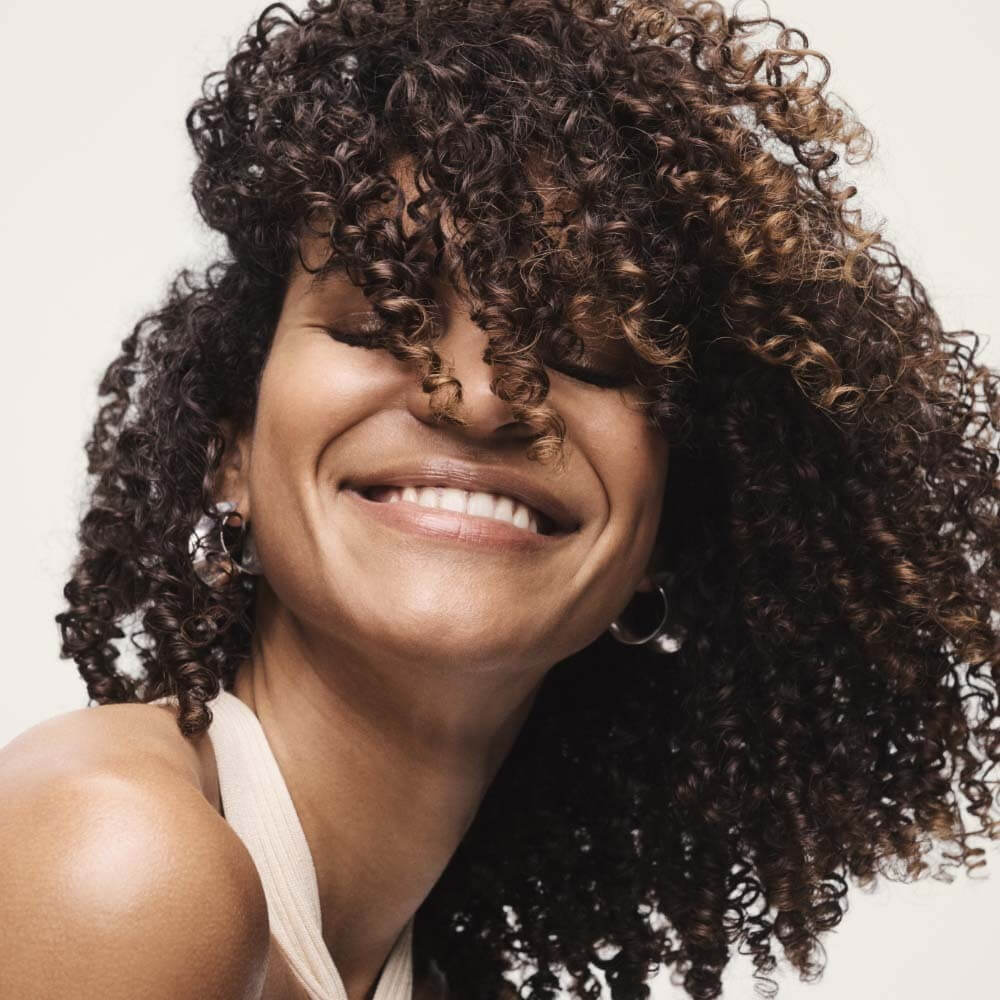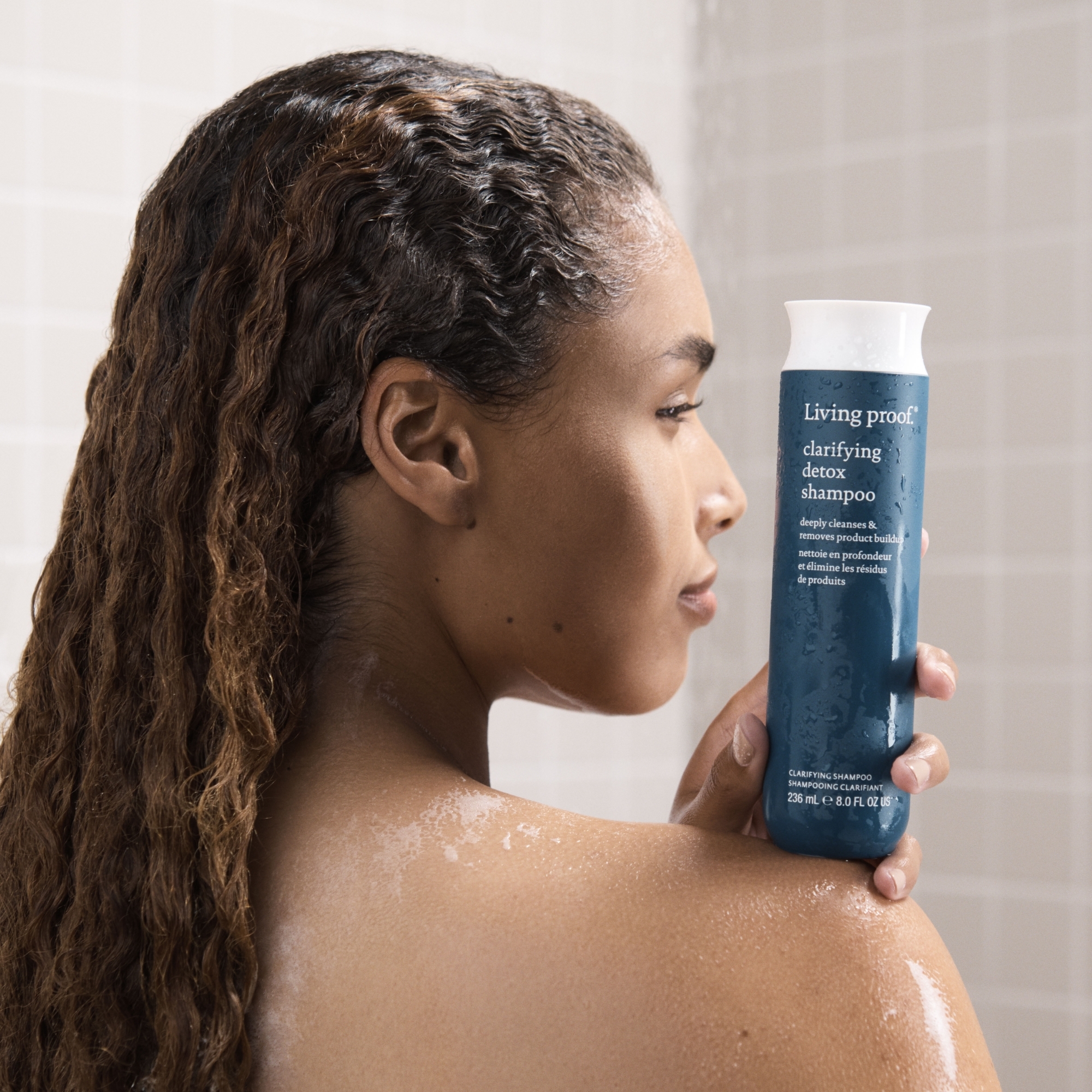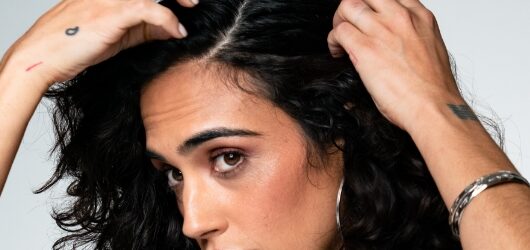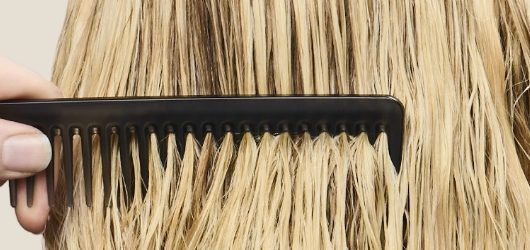
3 Simple Ways to Train Your Hair
You look in the mirror after a long work day, ready to head out to dinner. You think you’re in for an easy spruce-up until—whoa. Your scalp has somehow pooled with natural oil since your shower this morning.
If you find that your hair type produces natural oil quickly or more often than you’d like it to, like in this scenario, you may benefit from training your hair. If you’re curious about your hair type, take our hair quiz to discover which hair product is best to keep your natural hair looking clean and healthy.
Although we recognize there are several kinds of hair training, in this particular article, we’re referring to how to train hair to produce less oil between washes. Here are three effective and easy ways to do it.
What Does It Mean to Train My Hair?
Training your natural hair simply means reducing the number of hair washes to incentivize your hair to produce less oil. The idea is that by cutting out harsh chemicals and constant exposure to washing, you’re helping your hair use its natural oils to maintain health.
Hair training is a way to help your scalp naturally produce less oil, leaving you with less greasy hair. And if you color your hair, this method is a win-win as it prolongs the life of your color.
How Long Does It Take to Train My Hair?
Just like all hair types and textures vary, so does the length of time it takes to fully train your hair type. It can take a few months or as little as two weeks.
Experts recommend taking it slow and building a routine based on your current hair habits. If you wash your healthy hair every day, start by washing it every other day, and then after a week or two drop it down to every few days.
Top Tips for Training Your Hair
Ready to learn how to get healthy hair and harness the power of your hair’s natural, healthy oils? It couldn’t be easier to get started with hair training, and it involves almost no additional products or confusing steps.
#1 Wash Hair Less Regularly
The most popular and easiest way to train your hair is to wash it less frequently. When you wash your fine or thick hair, you strip your scalp and strands of their helpful, natural oils. This actually triggers your scalp’s oil-developing response.
Therefore, washing your hair less will train your scalp to ease the development of hair oil. The natural oils on your scalp and hair will remain longer, causing your scalp to produce less.
Washing your hair less frequently can also provide these benefits:
- Your oily hair can become shinier and healthier overall
- It can reduce the need for blow drying your hair
- It saves time and money spent on summer or winter haircare products
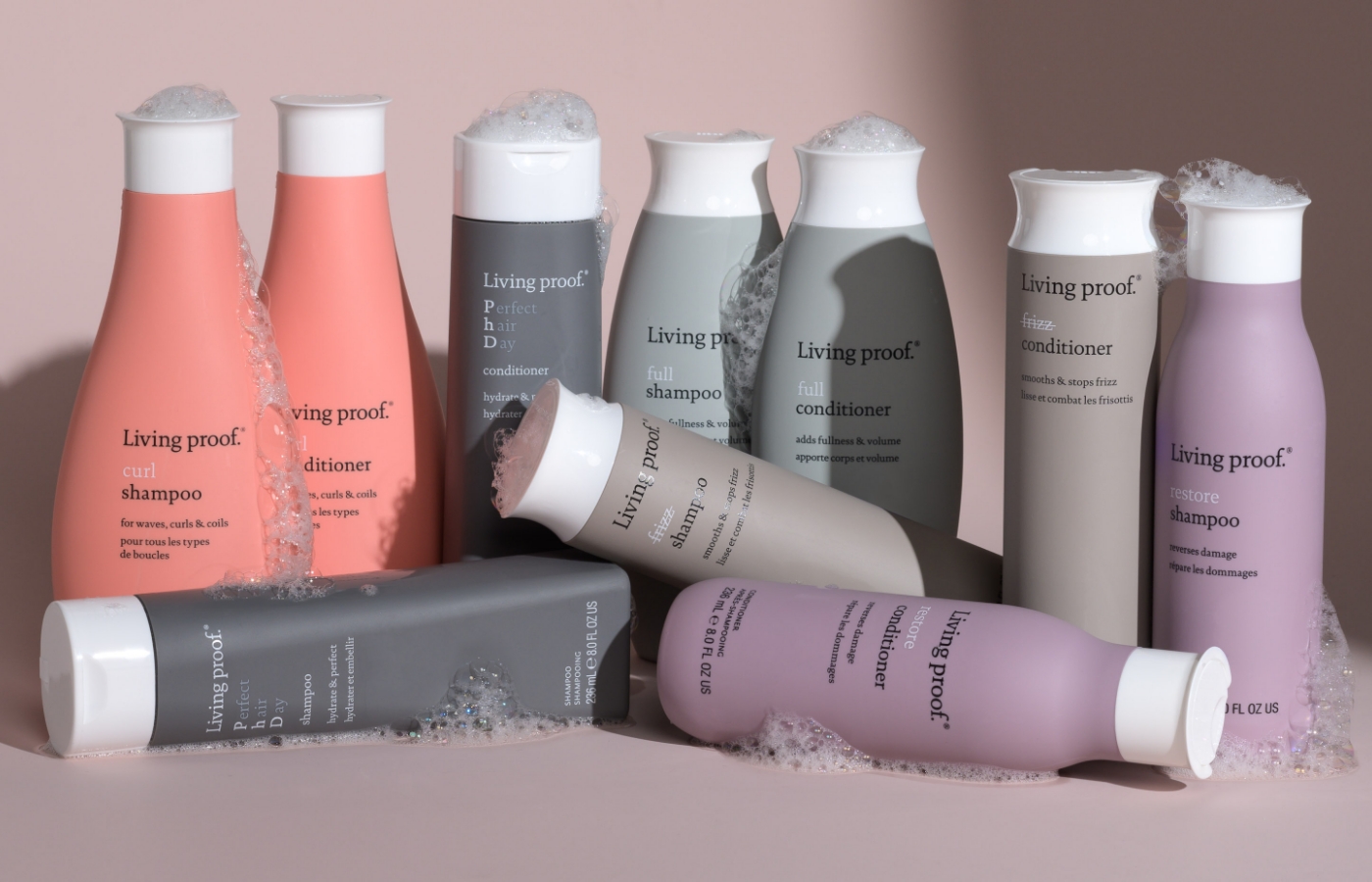
#2 Brush Hair Regularly
Brushing your hair more consistently when you’re not washing your hair is another important step in hair training. Brushing your hair between washes helps distribute the sebum built up around your roots throughout the entire hair shaft.
Even sebum distribution gives your scalp a chance to breathe and your hair a chance to soak up those helpful nutrients in the oil. Try brushing your hair around 3 times per day while training your hair to reap the benefits.
#3 Use Dry Shampoo
During hair training, dry shampoo will become your new best friend. Dry shampoo can help soak up the excess oil on your scalp as you move from day 2 to day 3 hair and beyond. But be mindful: you’ll want to choose a high-quality dry shampoo to keep your hair healthy.
Another factor to keep in mind when using dry shampoo for hair training is to avoid spraying it directly onto your scalp. Again, removing sebum from your scalp can trigger those sebaceous glands to produce more oil. Aim for your roots for the best results.
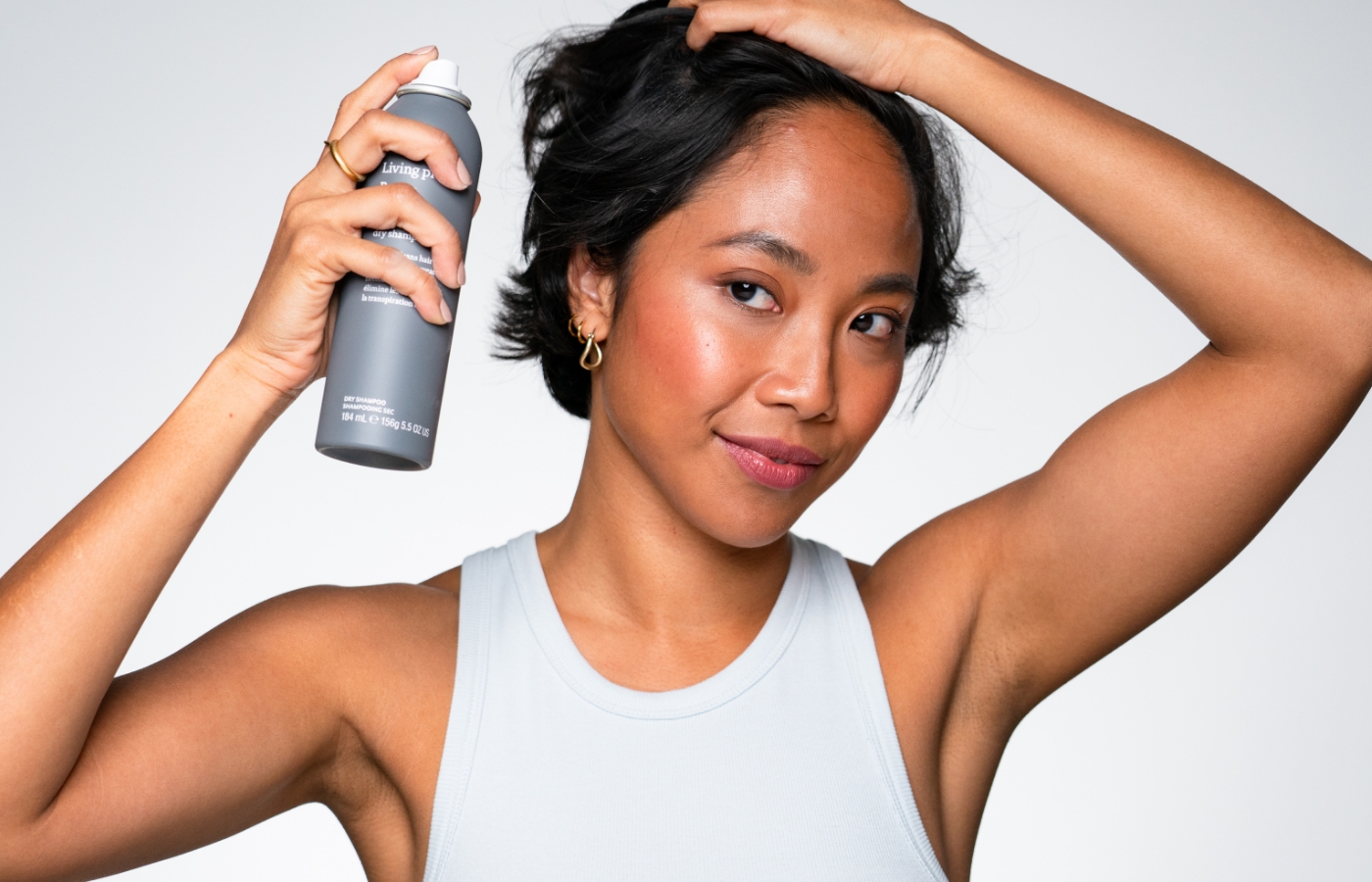
#4 Use Second-Day Hairstyles
Second-day hairstyles are a hair trainer’s new best friend. Not only can styling second day hair save you from showing some very shiny roots, but it can also add variety to your typical hairstyling routine.
Second-day hairstyles like messy buns, half-up knots, ponytails, and even braids serve well to keep any extra oil contained and concealed while your hair balances out in the training process.
What Products Should I Use to Train My Hair?
To master your hair training product suite, start by checking your current products’ ingredients and pH levels. Consider replacing anything with harsh chemicals or a high pH level with balanced products that are free of sulfates.
When you set off on your hair training journey you’ll need a few things, like:
- Dry shampoo – Look for a dry shampoo that actually cleans your hair, rather than masking the oil or providing temporary relief. Make sure it’s free of sulfates and silicones that can coat your hair and trap oil in.
- Sulfate-free shampoo – You might also want to invest in a quality detoxing shampoo product when you first start hair training. Detox shampoo helps cleanse the hair and scalp completely of toxins, oil buildup, and chemicals, so that you can start fresh. Browse our collection of shampoos to keep your hair cleaner for longer.
- Hair repair treatment – The need to train your hair often comes as a result of dry hair. When your hair is dry, your scalp produces sebum to moisturize it, and the cycle of oily scalp and dry hair continues. Enact a bond builder or hair repair treatment to moisturize locks from the inside out.
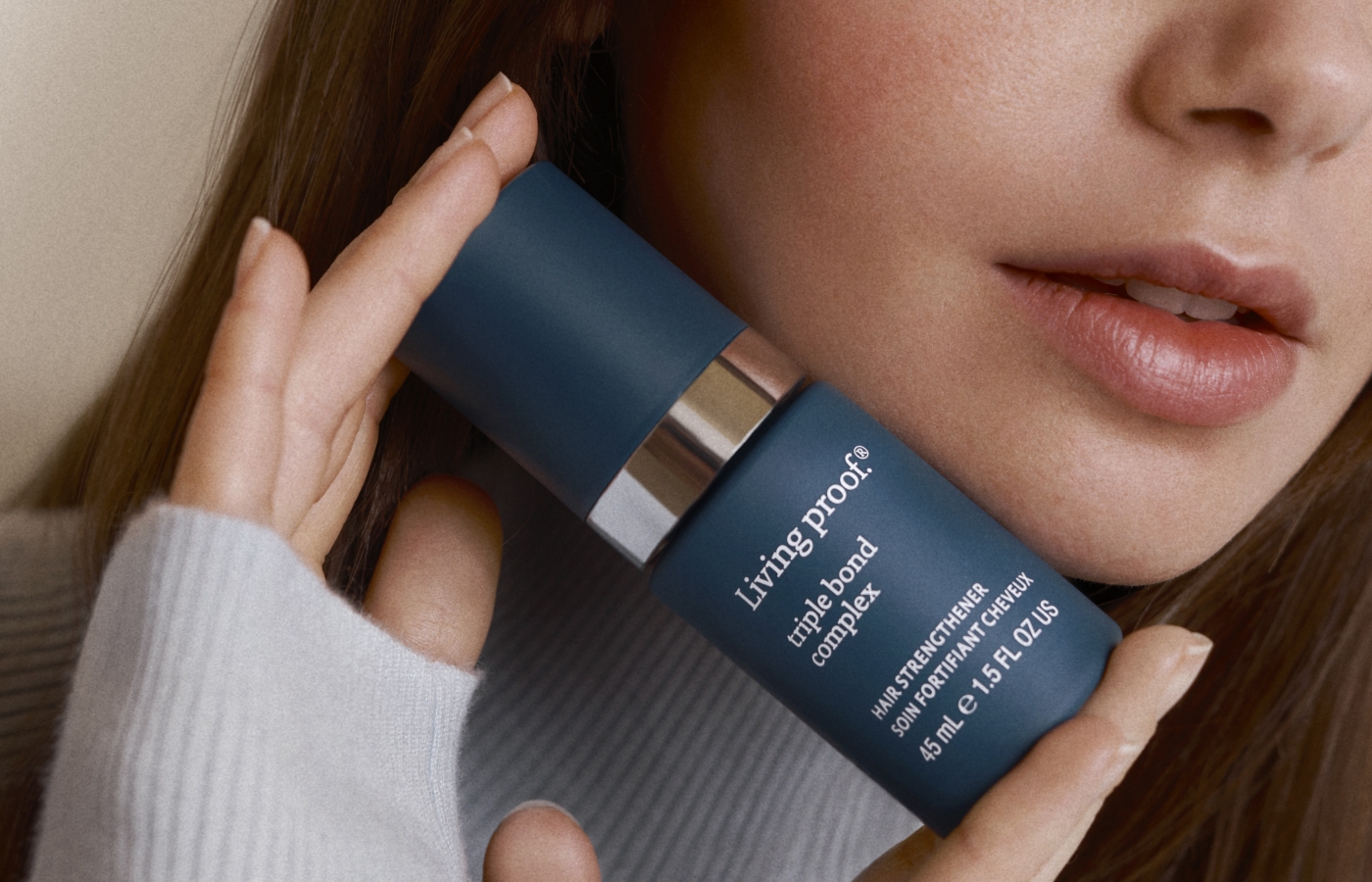
Train Your Hair The Right Way with Living Proof
Free your hair from the cycle of excess oil and dry ends. It may feel too good to be true, but the freedom begins with doing less and letting your hair and scalp take their natural course. When you work with your hair’s natural tendencies, rather than against them, incredible results take place.
At Living Proof, we design our hair product line to work with your healthy hair and scalp. We formulate our shampoos, dry shampoos, hair treatments, and everything in between with the ingredients your hair needs, and nothing it doesn’t. No silicones. No sulfates. No parabens.
Don’t just train your hair. Nourish it back to life—so you can get back to yours. Browse our hair products online to find the best routine for your hair. And if you’re curious about other haircare tips, learn how to use a hair mask and how it can benefit your locks.
- Healthline. Hair Training: How to Train Your Hair to be Less Greasy. https://www.healthline.com/health/beauty-skin-care/hair-training
- Journal of Trichology. Essentials of hair care often neglected: Hair cleansing. https://www.ijtrichology.com/article.asp?issn=0974-7753;year=2010;volume=2;issue=1;spage=24;epage=29;aulast=Draelos


